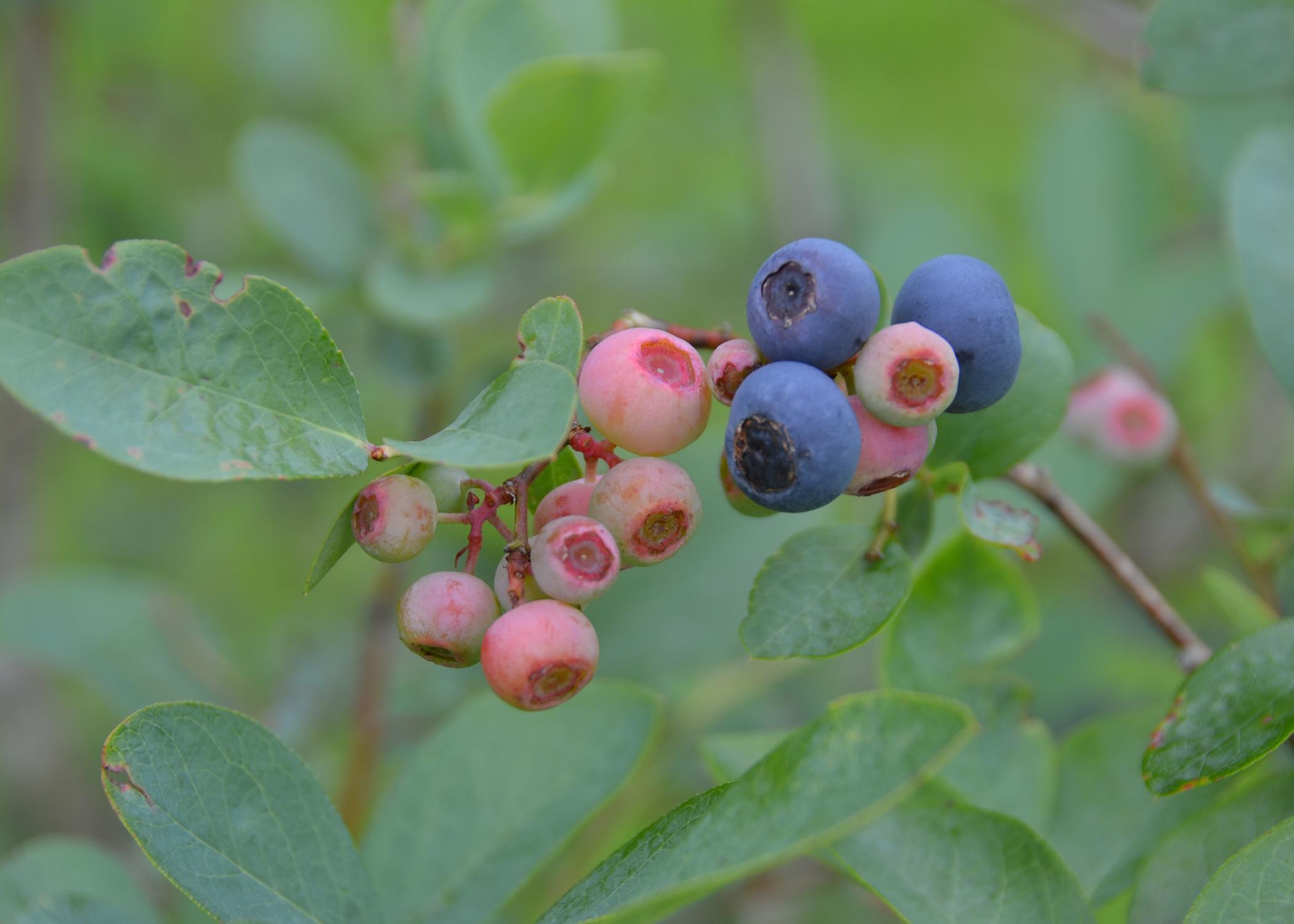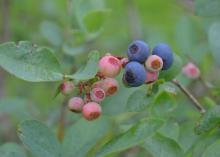Information Possibly Outdated
The information presented on this page was originally released on May 21, 2020. It may not be outdated, but please search our site for more current information. If you plan to quote or reference this information in a publication, please check with the Extension specialist or author before proceeding.
Blueberry growers expect high quality, average yield
RAYMOND, Miss. -- The COVID-19 pandemic presented a new obstacle for Mississippi blueberry growers in 2020, impacting the labor force for the early-season varieties.
“A lot of growers are working through how to deal with harvest, packing and sales because of COVID-19,” said Eric Stafne, Mississippi State University Extension Service fruit and nut specialist. “Labor was short for the Southern highbush hand harvest, but there seems to be adequate labor now that we are moving into rabbiteye harvest, which began the week of May 4.”
Jeremy Edwards, co-owner of his family farm Great Southern Farms in Richton, is one of those growers. His crop is harvested by hand and with machinery. Unable to get enough people to hand-pick berries for the Southern highbush harvest, he mechanically harvested his 50-acre crop. He was hopeful he would have a full hand-harvest crew by mid-May for the 100 acres of rabbiteye bushes on the farm.
“Securing harvest labor has been our biggest obstacle this year,” Edwards said. “We did start an online application process to cut down on exposure from and to other people. We still have walk-in customers to buy blueberries, but we’re not sure yet whether it is more or less than usual. We also will pack call-in orders that can be picked up.”
Edwards, who packs his berries and berries from several other area growers in an on-site facility, said applications for those positions are coming in slower than usual. However, he has adequate staff. With strict food safety and infection control policies already in place, the farm has made minimal changes to the packing operation.
Edwards said he expects to have a high-quality, average harvest crop, which is what Stafne expects across the state.
“The crop condition and fruit quality are very good,” said Stafne, who is also a researcher with the Mississippi Agricultural and Forestry Experiment Station in Poplarville. “Harvest started about 10 days earlier than last year, which seems to be a developing trend. But the recent rains and slightly cooler weather will slow down harvest to some extent.”
Disease incidence has been low so far. Mummy berry and exobasidium occur every year at some level, and growers have already seen them. Growers also have noticed some insects, such as Blueberry gall midges, Stafne said.
“Spotted wing drosophila has not been a substantial problem yet this year, but we usually see more of that in June,” he said.
The U.S. Department of Agriculture National Agricultural Statistics Service stopped reporting data on estimated Mississippi blueberry grower prices in 2018. Prices fluctuated between 2006 and 2017, but the trend remained relatively flat, said Alba Collart, an Extension agricultural economist.
Prices for fresh and processed berries ranged from $1.31 per pound in 2006 to $1.67 per pound in 2017 with a peak of $1.98 per pound in 2008.
Stafne said he is unsure how COVID-19 will affect markets and prices.
“I suspect we may see more attempts at local sales, but there is still strong demand for the fruit,” he said.













